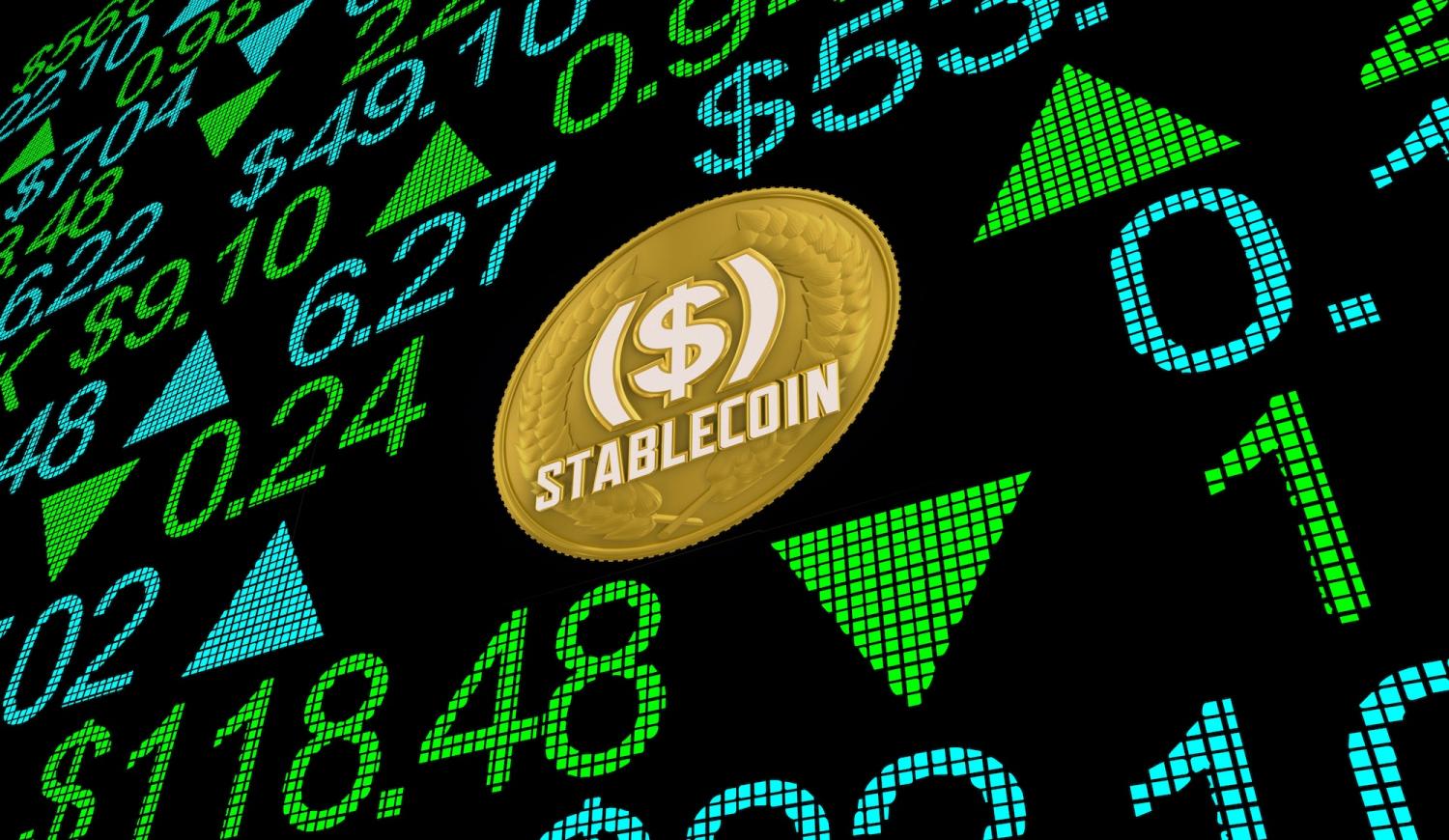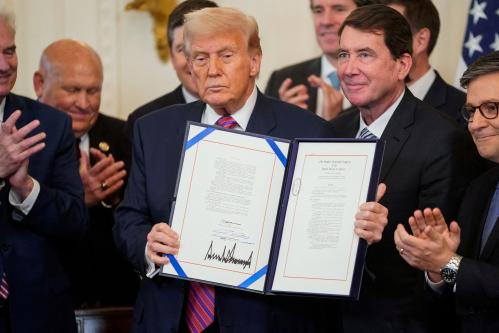Abstract
Stablecoins are increasingly influencing international finance and U.S. fiscal stability. Their rapid adoption, driven by lower transaction costs, enhanced speed, transparency, and reduced entry barriers, notably in remittance corridors and regions experiencing high inflation or currency depreciation, has raised demand for short-term U.S. Treasury bonds. As stablecoin issuers become major holders of Treasuries, they are reshaping global demand and market dynamics. While stablecoins present fiscal advantages and efficiency gains, they could also introduce systemic risks, regulatory arbitrage concerns, and potential currency substitution threats, necessitating rigorous regulatory frameworks and international policy coordination.
Introduction
Stablecoins are typically centrally issued crypto assets that aim to have a stable price through reserve assets; the most popular stablecoins are pegged to the U.S. dollar and backed by reserves of U.S. Treasuries and other assets. They have the potential to rapidly become critical elements of the global financial system. Stablecoins have experienced remarkable growth rates in recent years with the two largest coins, USD Tether (USDT) and USD Circle (USDC), leading the ranks. While the ten largest stablecoins are pegged to the U.S. dollar, so far over 80% of stablecoin transactions occur outside the United States (Lipsky, 2025). Stablecoins are increasingly being used for cross-border transactions, and this growth is contributing to rising demand for short-dated U.S. debt, with important implications for U.S. fiscal stability and global economic dynamics.
This working paper explores the potential growing usage of stablecoins for cross-border payments while focusing on the main drivers of stablecoin adoption. The note projects the future demand for U.S. Treasuries based on assumptions on the increase in cross-border transaction volumes and the decrease in relative usage of cash and Eurodollars in the U.S. dollar’s international circulation.1 With increased stablecoin adoption anticipated over the future, the demand by stablecoin issuers for U.S. Treasury bills is expected to rise correspondingly. While there might be substitution effects related to the reduced demand for U.S. Treasuries by financial institutions, this working paper solely assesses the potential magnitude of demand for U.S. Treasuries related to the use of stablecoins in cross-border payments. Other key aspects such as a detailed analysis of financial integrity are out of scope for this note.
While introducing potential benefits related to speed, cost and transparency, stablecoins could have adverse effects on competition, network scale and market structure, as well as a potential loss of seigniorage and currency substitution in emerging markets and developing economies. Despite the existence of international standards such as the Financial Action Task Force (FATF) standards on virtual assets, there are still inconsistent global regulatory approaches to stablecoins. Thus, stablecoin issuers might benefit from regulatory arbitrage and evade regulatory requirements altogether. This note provides recommendations on how to manage any adverse impacts on the U.S. and global financial system.
-
Footnotes
- Eurodollars are U.S. dollar-denominated deposits held in banks outside the United States.
The Brookings Institution is committed to quality, independence, and impact.
We are supported by a diverse array of funders. In line with our values and policies, each Brookings publication represents the sole views of its author(s).




